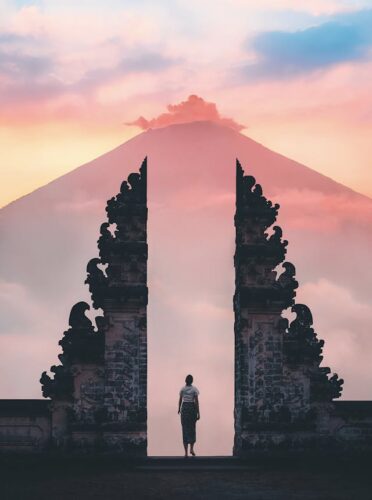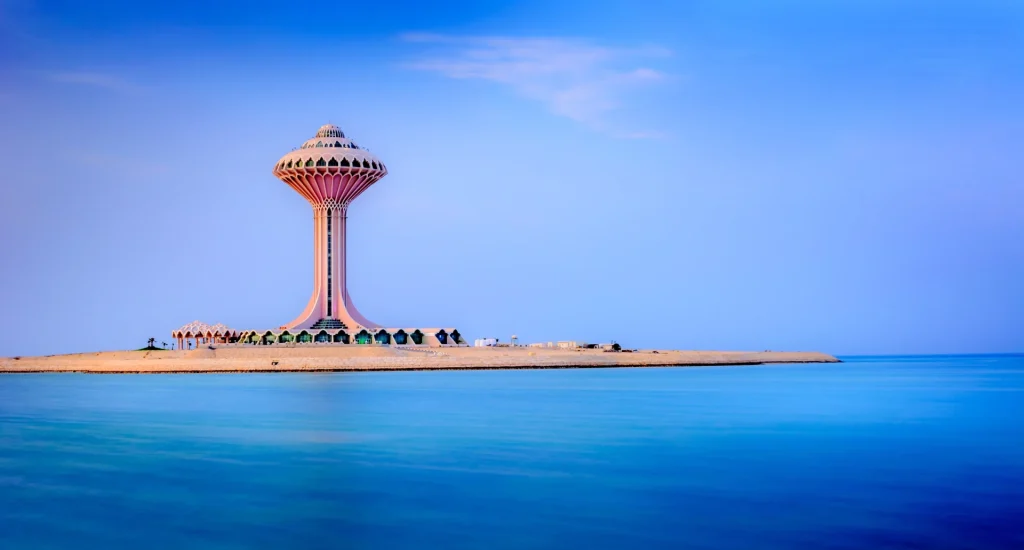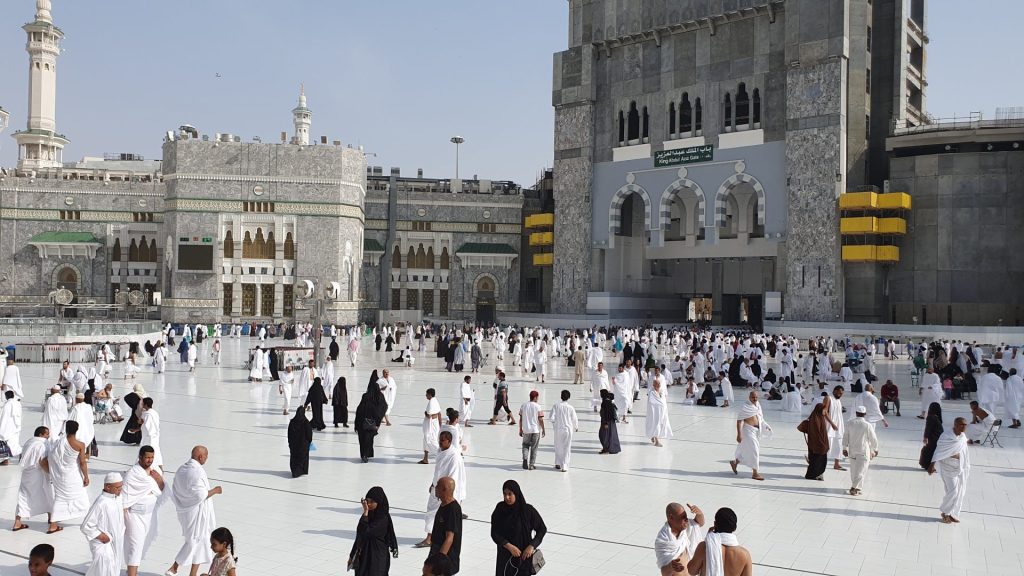Welcome to Indonesia — a land of contrasts and surprises, scattered across more than 17,000 islands in Southeast Asia. Here, journeys unfold between white-sand beaches, bustling markets, and temples that have stood for centuries. Whether you’re after a quiet escape or an adventure that keeps your heart racing, this vast archipelago has something to offer.
Where Nature Takes Center Stage
Indonesia’s cultures are matched by the diversity of its landscapes. In the far east, Raja Ampat hides some of the richest coral reefs on earth, and in Bali, rice terraces roll down the hillside in shades of deep green. Volcanic peaks thrust above the horizon, jungles hum with insects, and beaches curve into waters so clear, they look man-made.
Beneath the surface, the excitement continues. Off the coast of the Gili Islands and Nusa Penida, snorkelers and scuba divers dive with sea turtles, manta rays, and schools of tropical fish. At Komodo National Park, the fabled dragons roam the islands, as they have for thousands of years.
Volcanoes and Highlands
For most travelers, Indonesia’s volcanic scenery is the greatest allure. Mount Bromo is arguably the most shot, particularly at dawn when the mist sweeps over the caldera. In Bali, ascending Mount Batur treats climbers to vistas that shift hue with light.
Highland areas around Yogyakarta or the misty Tengger Caldera offer a cooler, peaceful face of the country—areas where air is crisp and landscapes look untainted.
Islands, Reefs, and Peaceful Shores
Some islands in Indonesia appear to be in another world. The Gili three, for example, substitutes automobiles with bicycles and horse-drawn vehicles, while Nusa Penida beckons tourists for its rolling cliffs and hidden coves.
Offshore, there is life beneath the coral reefs—a glint of silver fish, a turtle making its way slowly, a rippling of the wings of a stingray. Offshore conservation is strong here so that the future may have these underwater habitats preserved.
Layers of Culture
 With more than 300 ethnic communities, Indonesia’s cultural scene is as intricate as its topography. Streets are full of sound and color by ceremonies in Bali. Palaces of royalty in Yogyakarta preserve centuries of tradition in Java. Every island has its own beat, faith, and taste.
With more than 300 ethnic communities, Indonesia’s cultural scene is as intricate as its topography. Streets are full of sound and color by ceremonies in Bali. Palaces of royalty in Yogyakarta preserve centuries of tradition in Java. Every island has its own beat, faith, and taste.
Food is a window to this diversity. Slow-cooked rendang is a firework of spice in Sumatra. Spicy sambal on the side accompanies nasi goreng sold by street vendors in Java. Tropical fruit, scented herbs, and the aroma of grilled satay fill markets to the brim.
Temples, Palaces, and History
History isn’t conserved behind glass here—it’s interwoven with the fabric of daily existence. Borobudur, a Buddhist temple and world’s largest, rises out of the fog at dawn, its reliefs speaking in stone. Prambanan, a Hindu temple wonder, takes its place nearby, its slender towers reaching toward the sky.
Palaces like the Keraton of Yogyakarta are still in use, their courtyards and halls a blend of Javanese, Dutch, Chinese, and Islamic influences.
Wild Encounters and Conservation Refuges
National parks harbor some of the planet’s most endangered animals. In Tanjung Puting in Borneo, orangutans swing through the forest canopy layer. In Ujung Kulon, the elusive Javan rhino finds refuge. And in Komodo National Park, the old dragons roam in the wild.
These places are not only tourist attractions—they are essential to conservation and a chance to see nature at its most fundamental and pure.
Cities, Villages, and Daily Life
Jakarta and Surabaya never rest—skyscrapers tower over food stalls, and traffic snakes through neighborhoods that remind one of small towns. Ubud and Yogyakarta, on the other hand, move at a slower pace, with art bazaars, craft shops, and nightly live performances.
In rural areas, villages such as Tenganan in Bali or Tana Torja in Sulawesi maintain traditions little altered over centuries.
A Place for Every Kind of Traveler
Adventure travelers can climb an active volcano, ride championship waves, or dive coral walls. Others can enjoy learning to make Batik, walk temple courtyards, or perhaps simply sit back and watch the sun set over a rice paddy.
Indonesia’s charm is its diversity—you can live it fast one day and slow the next, always finding something new.
Conclusion
Indonesia is not a place—it’s thousands of them, each with its own story. From uncharted lands to living culture, every journey here is different, and every traveler leaves with something they’ll never forget.
- Sobre el Editor
- Ultimos posts cargados




